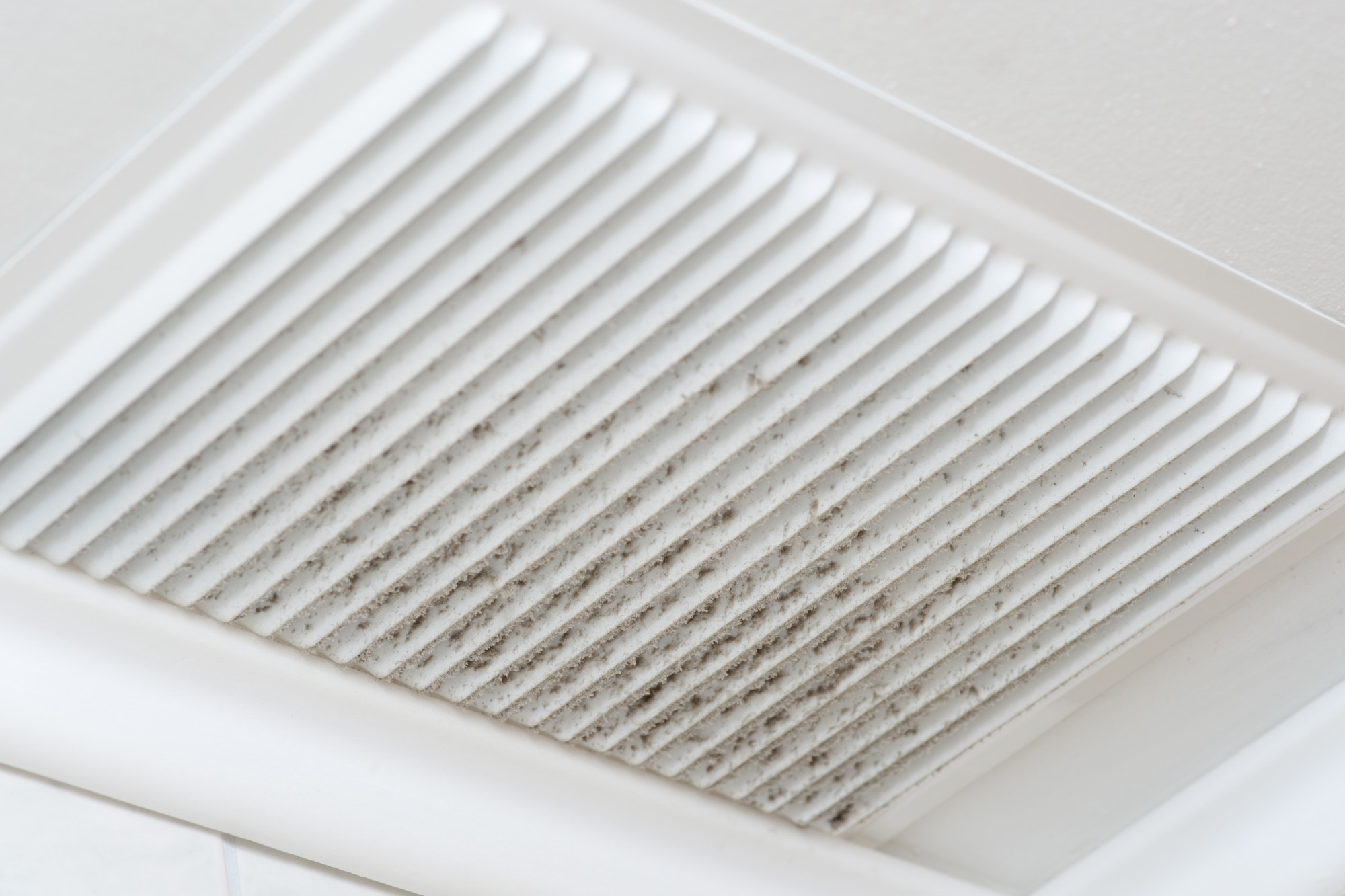There are more than 100,000 known species of mold. Most mold exists out in nature, but there are a few variations that can infiltrate your home.
Mold likes to hide in dark corners, making it hard to find. Luckily, mold often leaves clues, allowing us to seek it out and remove it before it causes any harm.
Track down this vile intruder by following these 7 common signs you have mold in your house.
1. Allergies
The mold in your home releases tiny spores that you inhale. Your immune system fights off these spores, just as it does when you contract the flu.
If you can’t seem to shake off allergies or flu-like symptoms, it’s a common sign you have mold in your house. Mold can cause allergies as well as a sore throat, coughing and sneezing, a runny nose, and skin irritations.
2. Visible Mold
Once you know what to look for, mold is easy to spot.
It often looks like small dark spots, easily mistaken for dirt smudges. It can also appear as light, silky threads. Mold comes in a variety of colors and often has a furry or velvety texture.
There’s a long list of common types of household mold. Luckily the folks at Spaulding Decon have put together a guide on these types of mold. Check it out so you know what to look for when hunting for mold in your house.
3. Water Damage
Where there’s smoke there’s fire, and where there’s water damage, there’s usually mold.
Mold thrives in damp areas so keep a close eye out for water damage in your home. It may appear as water stains or a bulging spot on your ceiling. Moisture in your walls will cause your paint or wallpaper to crack, bubble or peel.
Treat the cause of the water damage and soak up any excess moisture as soon as you can to prevent mold from growing.
4. Strange Smells
Some types of mold have a very distinct smell. It’s often described as smelling musty, damp, or earthy.
If you’ve noticed this smell, particularly in dark, damp areas like bathrooms, cupboards, and laundry rooms, examine the area closely for further signs of mold.
5. History of Flooding
It’s very difficult to soak up all the moisture in your home after flooding. It penetrates deep into absorbent surfaces and hard to reach cracks. Unfortunately, these forgotten, inaccessible places are exactly where mold flourishes.
If you know your home has previously flooded, call in mold removal contractors to thoroughly inspect your house. They’ll know all the usual hiding spots where mold grows unseen.
6. Condensation
Humidity and condensation mean that there’s a lot of moisture in the air. If moisture soaks into the surfaces of your home, it creates the perfect breeding ground for mold.
Carefully monitor areas where condensation forms, like windows and metal pipes, to make sure mold doesn’t start to grow.
You can also place moisture absorbers and dehumidifiers near these hotspots.
7. Rust
If your metal surfaces start to rust, it’s a sure sign of excess moisture. While mold is unlikely to grow on metal, as it prefers organic substances, rust is still a red flag that you shouldn’t ignore.
Check the surrounding area for signs of mold. Prevention is always better than cure, so try to locate the source of the moisture and remove it.
Don’t Ignore These Warning Signs You Have Mold in Your House
Mold may look innocent, but it poses a serious threat to your health and your home.
If you’ve seen any of these signs you have mold in your house, don’t delay. Call in a professional mold remediation company to remove this dangerous substance from your home.
Take a look around the rest of our site to discover more informative content!




